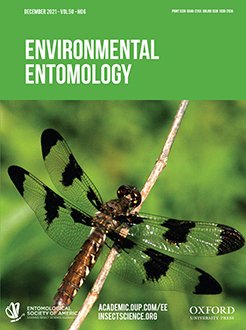Reducing the use of synthetic fertilizers and pesticides can limit negative impacts of agriculture on insects and is a crucial step towards sustainable agriculture. In the United States, organic agriculture has the potential to reduce greenhouse gas emissions, pollutant runoff, and biodiversity loss in the Midwestern Corn Belt—an area extending over 500,000 km2 devoted to intensive production of corn Zea mays (Linnaeus 1753) (Poales: Poaceae), often in rotation with soy Glycine max (Linnaeus 1753) (Fabales: Fabaceae) or wheat Triticum aestivum (Linnaeus 1753) (Poales: Poaceae).Working in 30-yr-long landscape experiments in this region, we tested for impacts of conventional versus organic agriculture on ant communities (Hymenoptera: Formicidae) and potential ecosystem services they provide. Organic fields supported higher ant diversity and a slightly more species-rich ant assemblage than conventionally managed fields but did not otherwise differ in community composition. Despite similar community composition, organic and conventional fields differed in seasonal patterns of ant foraging activity and potential for natural pest suppression. Conventional plots experienced higher overall ant foraging activity, but with the timing skewed towards late in the growing season such that 75% of ant foraging occurred after crop harvest in a wheat year and was therefore unavailable for pest suppression. Organic fields, in contrast, experienced moderate levels of ant foraging activity throughout the growing season, with most foraging occurring during crop growth. Organic fields thus supported twice as much pest suppression potential as conventional fields. Our results highlight the importance of timing in mediating ecosystem services in croplands and emphasize the value of managing landscapes for multiple services rather than yield alone.
How to translate text using browser tools
23 September 2021
Ant Communities and Ecosystem Services in Organic Versus Conventional Agriculture in the U.S. Corn Belt
Jackson A. Helms IV,
Jamie Smith,
Stephanie Clark,
Kathleen Knupp,
Nick M. Haddad
ACCESS THE FULL ARTICLE
It is not available for individual sale.
This article is only available to subscribers.
It is not available for individual sale.
It is not available for individual sale.

Environmental Entomology
Vol. 50 • No. 6
December 2021
Vol. 50 • No. 6
December 2021
fertilizers
Formicidae
pest suppression
pesticides





